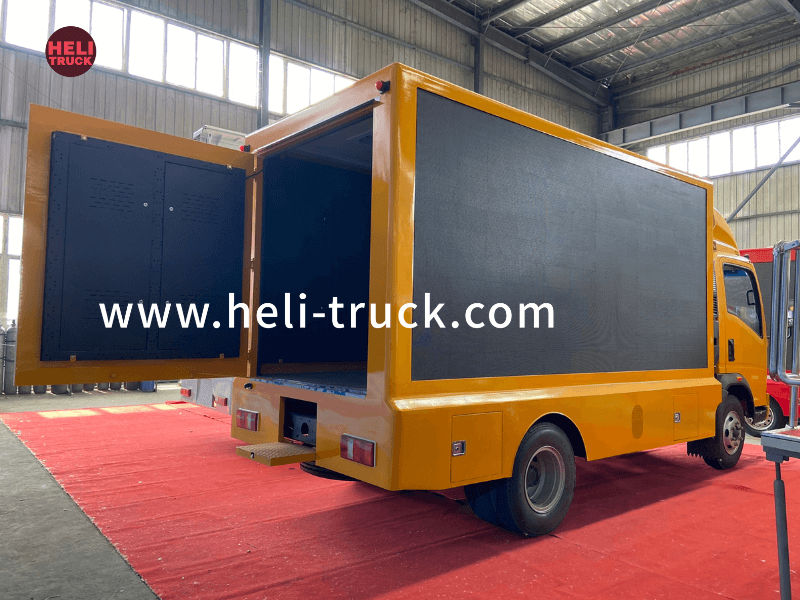Introduction
Hazardous waste poses significant risks to the environment, public health, and safety. Proper disposal and removal of hazardous waste are crucial to mitigating these risks. Vacuum trucks have become essential tools in the hazardous waste removal industry due to their efficiency and versatility. This article aims to provide a comprehensive guide to vacuum truck hazardous waste removal, covering the definition of hazardous waste, the importance of proper removal, the role of vacuum trucks, safety considerations, best practices, and case studies demonstrating successful hazardous waste removal operations.
Defining Hazardous Waste
Hazardous waste is defined as any material that poses a threat to human health or the environment. This includes materials that are toxic, flammable, reactive, or corrosive. Hazardous waste can come from a variety of sources, including industrial processes, manufacturing operations, and household products. Improper disposal of hazardous waste can lead to contamination of soil, water, and air, as well as serious health risks to humans and wildlife.
Off-road capabilities of popular work trucks of Proper Removal

Proper removal of hazardous waste is essential to protect the environment and public health. Hazardous waste must be handled, transported, and disposed of in compliance with local, state, and federal regulations. Failure to properly remove hazardous waste can result in fines, legal action, and reputational damage for businesses. Additionally, improper disposal of hazardous waste can lead to long-term environmental damage and health risks.
The Role of Vacuum Trucks
Vacuum trucks play a vital role in hazardous waste removal due to their ability to safely and efficiently handle a wide range of materials. These specialized vehicles are equipped with powerful vacuum systems that can suction up liquids, sludges, and solids from a variety of containers, tanks, and storage facilities. Vacuum trucks are commonly used in industries such as oil and gas, chemical manufacturing, and environmental remediation.
Safety Considerations
Safety is paramount in hazardous waste removal operations, and vacuum truck operators must adhere to strict safety protocols to minimize risks. Some key safety considerations include:
1. Personal Protective Equipment (PPE): Operators should wear appropriate PPE, such as gloves, goggles, respirators, and protective clothing, to protect themselves from exposure to hazardous materials.
2. Training: Operators should undergo comprehensive training on the safe operation of vacuum trucks, including how to handle hazardous materials, emergency procedures, and proper disposal methods.
3. Equipment Maintenance: Regular maintenance of vacuum trucks is essential to ensure they operate safely and efficiently. This includes inspecting hoses, valves, and pumps for wear and tear, and replacing parts as needed.
4. Emergency Response: Operators should be prepared to respond to emergencies, such as spills or leaks, by having spill kits, containment booms, and emergency response plans in place.
Best Practices
To ensure the successful removal of hazardous waste using vacuum trucks, operators should follow best practices, including:
1. Conducting a thorough site assessment to identify the type and quantity of hazardous waste present, as well as any potential hazards or obstacles.
2. Developing a detailed removal plan that outlines the steps involved, the equipment needed, and the disposal methods to be used.
3. Communicating effectively with all stakeholders, including employees, contractors, regulators, and the public, to ensure everyone is informed and involved in the removal process.
4. Monitoring and documenting the removal process, including keeping detailed records of waste quantities, disposal locations, and any incidents or deviations from the plan.
Case Studies
To illustrate the successful implementation of vacuum truck hazardous waste removal, we present two case studies from real-world scenarios:
Case Study 1: Oil Spill Cleanup
In 2019, a major oil spill occurred off the coast of a coastal town, threatening the local marine ecosystem and economy. A team of vacuum truck operators was called in to assist with the cleanup efforts. Using specialized vacuum trucks equipped with oil recovery systems, the operators were able to suction up large quantities of oil from the water's surface, preventing further contamination of the coastline. The hazardous waste was safely transported to a licensed disposal facility for proper treatment and disposal.
Case Study 2: Chemical Spill Remediation
A chemical manufacturing plant experienced a chemical spill in one of its storage tanks, posing a significant risk to nearby communities. Vacuum truck operators were brought in to remove the hazardous chemicals and decontaminate the area. By carefully extracting the chemicals using vacuum trucks with specialized containment systems, the operators were able to prevent further spread of the contamination and protect the surrounding environment. The hazardous waste was transported to a hazardous waste treatment facility for proper disposal, ensuring minimal impact on public health and safety.
Conclusion
Vacuum trucks play a critical role in hazardous waste removal operations, enabling safe and efficient handling of a wide range of hazardous materials. By following best practices, adhering to strict safety protocols, and working in collaboration with regulators and stakeholders, vacuum truck operators can successfully remove hazardous waste while minimizing risks to the environment and public health. The case studies presented demonstrate the effectiveness of vacuum truck hazardous waste removal in real-world scenarios, highlighting the importance of proper disposal and removal of hazardous waste. By prioritizing safety, compliance, and environmental stewardship, vacuum truck operators can help protect our planet for future generations.
